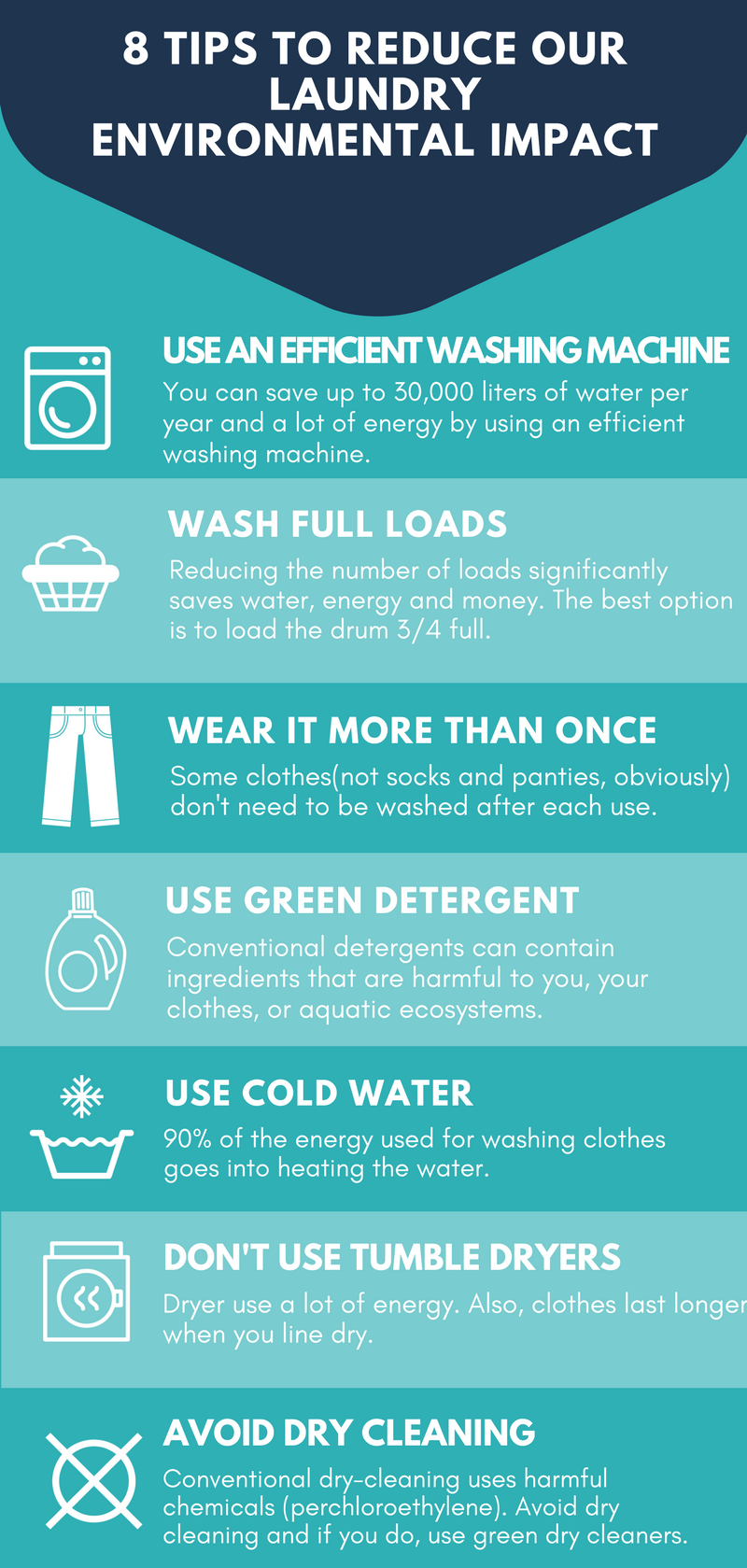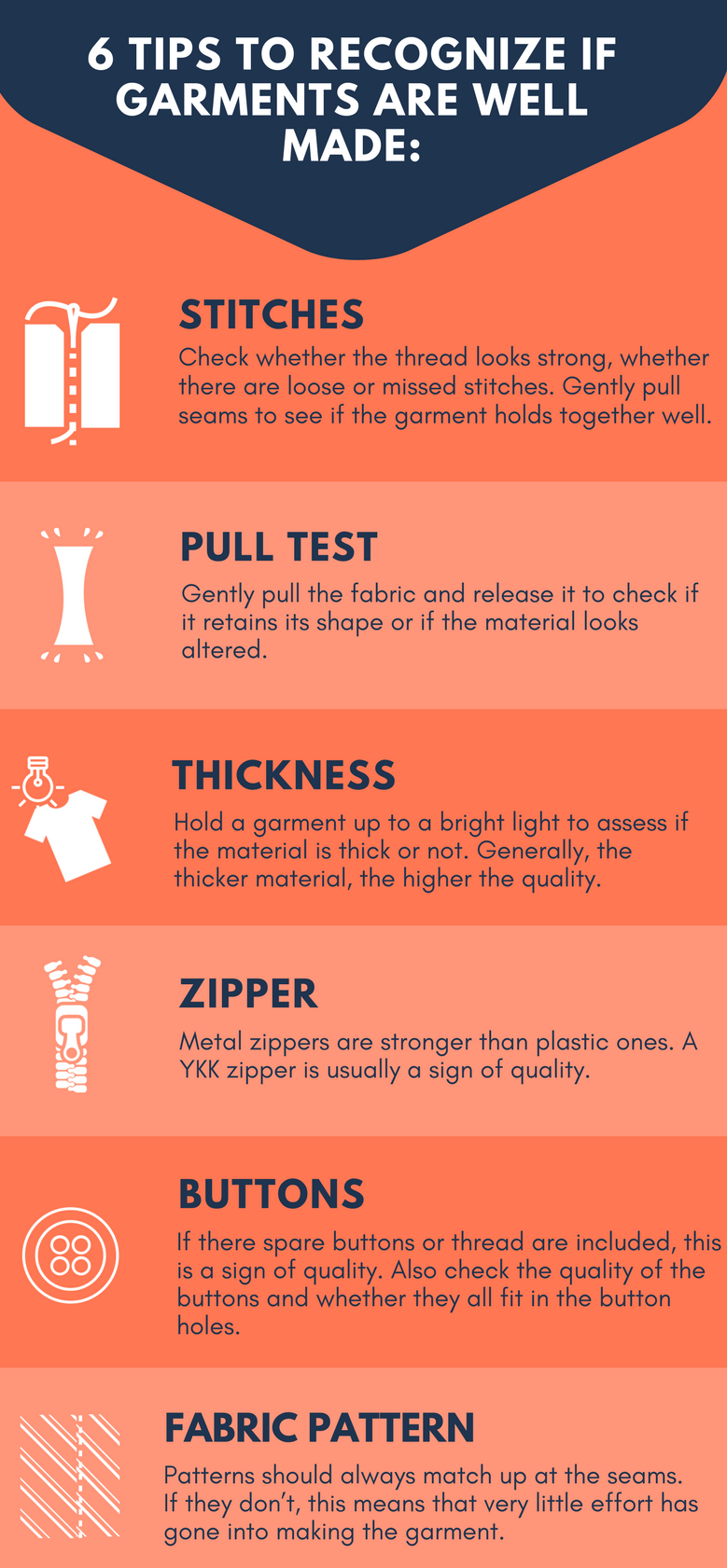How to Avoid Fast Fashion and Embrace Sustainable Fashion Choices
Fast fashion has become a buzzword in recent years, representing an industry that produces inexpensive clothing to meet the latest trends quickly. However, the environmental impacts of this model are devastating, leading to excessive waste and pollution. To combat this growing crisis, it’s essential to understand how to avoid fast fashion and make conscious fashion decisions.

Tips for Sustainable Fashion Choices.
Source: Sustain Your Style
The fast fashion industry currently contributes significantly to environmental degradation. Millions of tons of clothing end up in landfills annually, where they can take years to decompose, releasing harmful chemicals into the soil. Furthermore, the rapid production processes consume enormous amounts of water and energy. To combat these issues, here are several strategies to help reduce your contribution to fast fashion:
1. Invest in Quality Over Quantity
Choosing high-quality clothing that can withstand the test of time is crucial. This often means selecting items made from durable materials that offer longevity. Look for brands that focus on ethical manufacturing processes and sustainable materials.

How to Recognize Quality in Clothing.
Source: Sustain Your Style
2. Shop Secondhand
Secondhand shopping is an excellent way to break free from fast fashion. Thrift stores, consignment shops, and online marketplaces like Depop or Poshmark offer unique, sustainable options while reducing waste. Buying secondhand not only extends the life of garments but also minimizes the demand for newly produced clothing.
3. Embrace Slow Fashion
Slow fashion encourages consumers to make more thoughtful purchasing decisions. This means prioritizing brands that value sustainable practices, fair labor conditions, and ethical sourcing. Some brands focus on creating timeless pieces that can be worn across many seasons rather than following fleeting trends.

Impact of Fast Fashion.
Source: ACTEEVISM
4. Care for Your Clothes
Taking proper care of your clothing will help maintain their lifespan. Be aware of washing and drying methods; washing in cold water and air drying can significantly reduce energy usage. Additionally, learn basic sewing skills so that you can repair any damages instead of discarding items.
5. Understand the Brands
Become familiar with which brands engage in sustainable practices and which participate in fast fashion. Websites and resources that compile lists of brands to avoid can help steer your purchasing decisions in the right direction.

Fast Fashion Brands to Avoid.
Source: Change.org
6. Rent Instead of Buy
For trends that you may wear only once or twice, consider renting clothes instead of purchasing them. Many platforms now offer rental services for everything from daily wear to formal occasions, allowing you to enjoy high-quality garments without the commitment of ownership.
7. Spread Awareness
Often, friends and family may not be aware of the negative impacts of fast fashion. By sharing information, encouraging sustainable practices, and discussing ethical brands, you can contribute to a larger movement to reduce fast fashion’s footprint.

Fast Fashion Awareness.
Source: Pinterest
In conclusion, avoiding fast fashion is key to fostering a more sustainable and ethical clothing industry. By understanding the implications of your purchases and adopting sustainable practices, you can help mitigate the environmental harm caused by this industry.